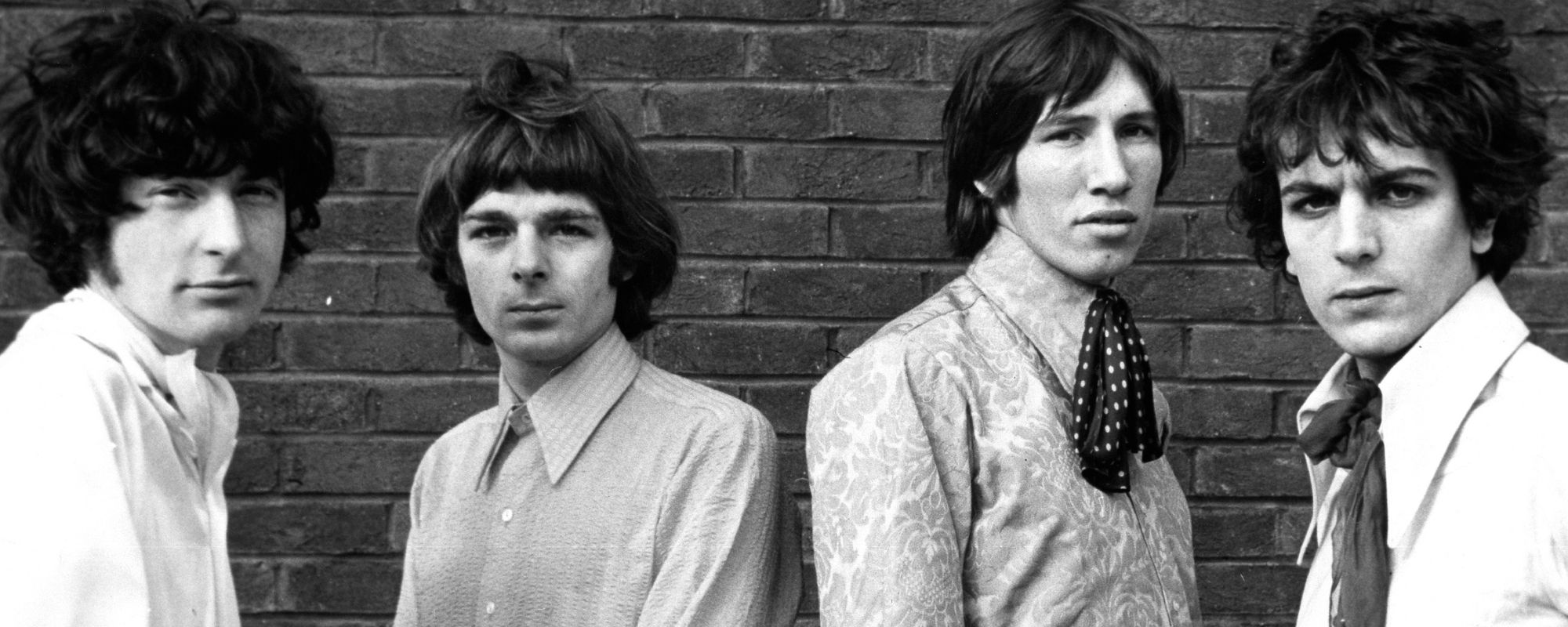Too much of a good thing is never good, and as Paul McCartney learned the hard way with his songwriting in the 1960s, that included being a Beatle. By 1966, the Fab Four were enjoying the peak of their success. They had multiple hit records under their belt, including A Hard Day’s Night, Help!, Rubber Soul, and Revolver. By the latter two albums, the Beatles were leaning on their massive celebrity by taking creative, experiential liberties in the studio. But their rock star status was not without downsides.
Videos by American Songwriter
As McCartney explained in a candid 1966 International Times interview in his Saint John’s Wood home, post-joint, being a Beatle completely changed his approach to songwriting for better or worse.
The Effect Of Being A Beatle On Paul McCartney’s Songwriting
Once you’re a magician, you no longer see magic. You see a careful choreography of slights of hand and clever props. Once you’re a chef, you taste food ingredient by ingredient. And as Paul McCartney came to find during his tenure with the Beatles, once you’re a musician, you no longer hear music. You hear individual notes, studio effects, and the songwriter’s train of thought from line to line. To return to our first analogy, the magic is gone.
This lack of illusion irked McCartney. “I’d prefer it if there was such a thing as magic. You know, if magic things happened, so that, for instance, there was music. If magic happened in music… It used to for me a lot. Magic used to happen a lot more in music for me until I started looking at it objectively after having written a bit. Then, what is still magic for other people, for me, is a bit. ‘Well, okay, I see why he’s done that and how he’s done that and how he’s done that.’ I’ll learn from it. But I tend to just take it in and file it instead of being knocked out by it. Unless it’s something very special.”
“That’s one of the main pities about making it in anything,” McCartney said. “You look at things so objectively. There are no longer idols. You just see them for what they are. This is sometimes a great thing, but you lose that sort of fan thing. You lose the bit about being influenced.” The Beatle mused that he and his bandmates found greater inspiration among themselves than in their colleagues. He guessed the Beach Boys felt the same way.
The Musician Had To Find A New, Destructive Way To Get Inspired
From the lofty heights of his stardom, Paul McCartney struggled to return to the absorbent naivete of his younger self. That version of himself spent hours listening to and gathering inspiration from early American rock ‘n’ roll and blues. This fascinating consequence of becoming one of the biggest rock stars in the world led the Beatle to find new ways to stay curious about music. “With everything, with any kind of thing, my aim seems to be to distort it,” McCartney explained to International Times. “Distort it from what we know it as, even with music, with visual things.”
“The aim is to change it from what it is to see what it could be,” he continued, “to see the potential in it all. The point is to take a note and wreck the note and see in that note what else there is in it. That a simple act like distorting it has caused. It’s all trying to create magic. It’s all trying to make things happen that you don’t know why they’ve happened. I’d like a lot more things to happen like they did when you were kids, when you didn’t know how the conjurer did it. You were happy to just sit there and say, ‘Well, it’s magic!’”
If McCartney was worried about capturing the magic of music during his IT interview in the fall of 1966, he would soon find his fears were unfounded. The Beatles released Sgt. Pepper’s Lonely Hearts Club Band the following year in May 1967, followed by their eponymous “White Album” in November. Both albums—not to mention the remainder of the Fab Four’s discography and McCartney’s subsequent works since—contained that same kind of knock-you-down magic McCartney yearned for (even if he couldn’t see it).
Photo by Mark and Colleen Hayward/Redferns









Leave a Reply
Only members can comment. Become a member. Already a member? Log in.